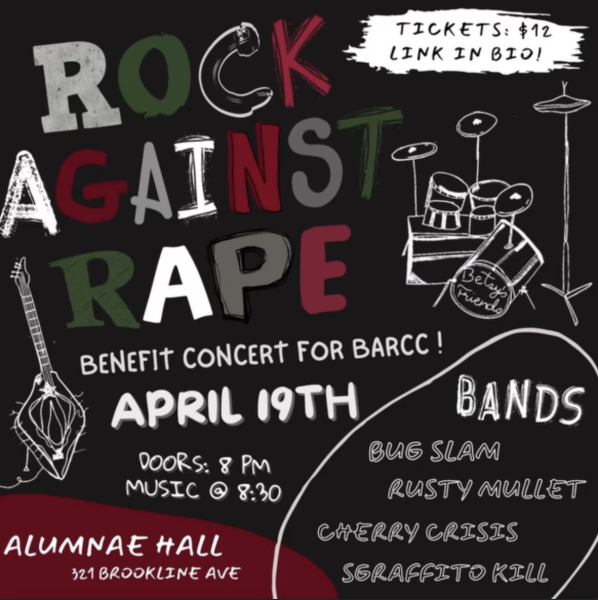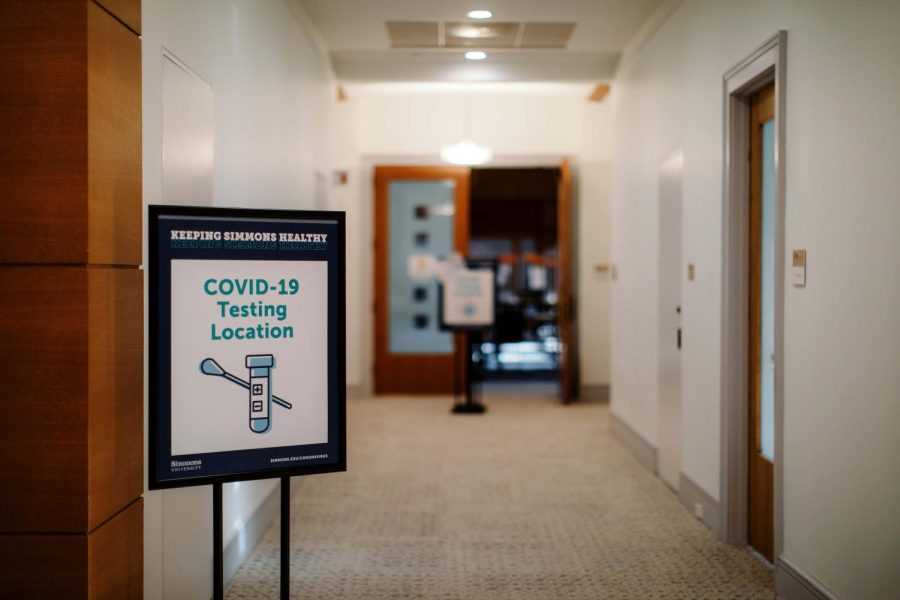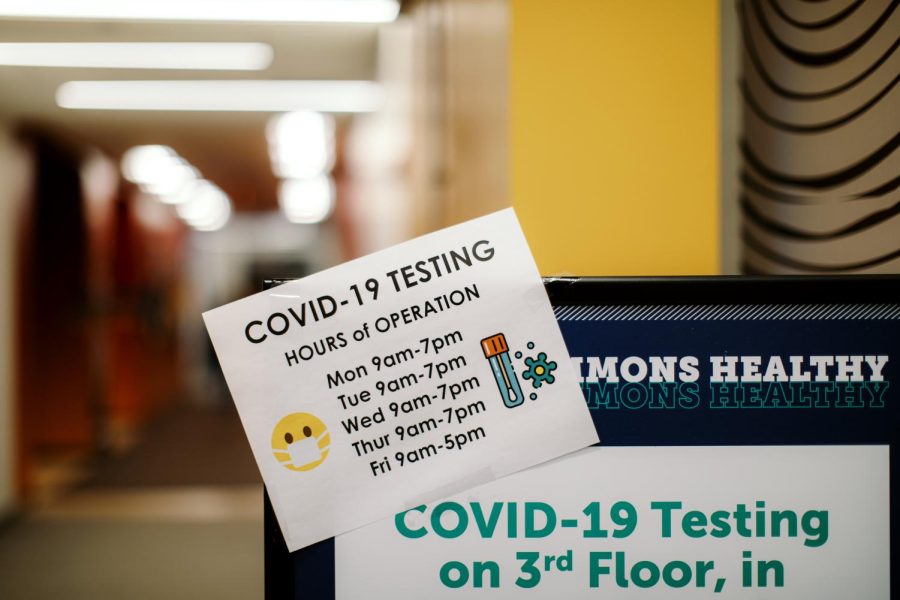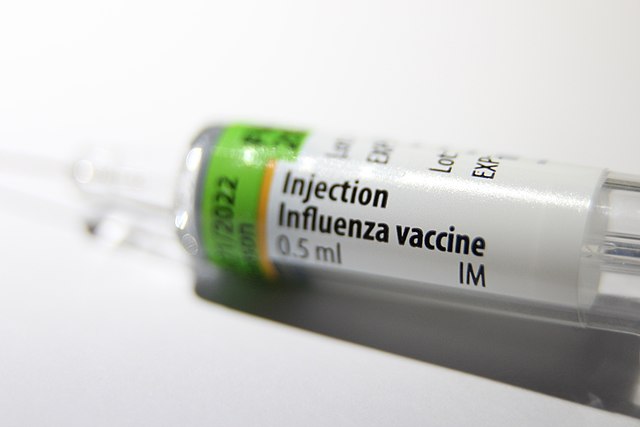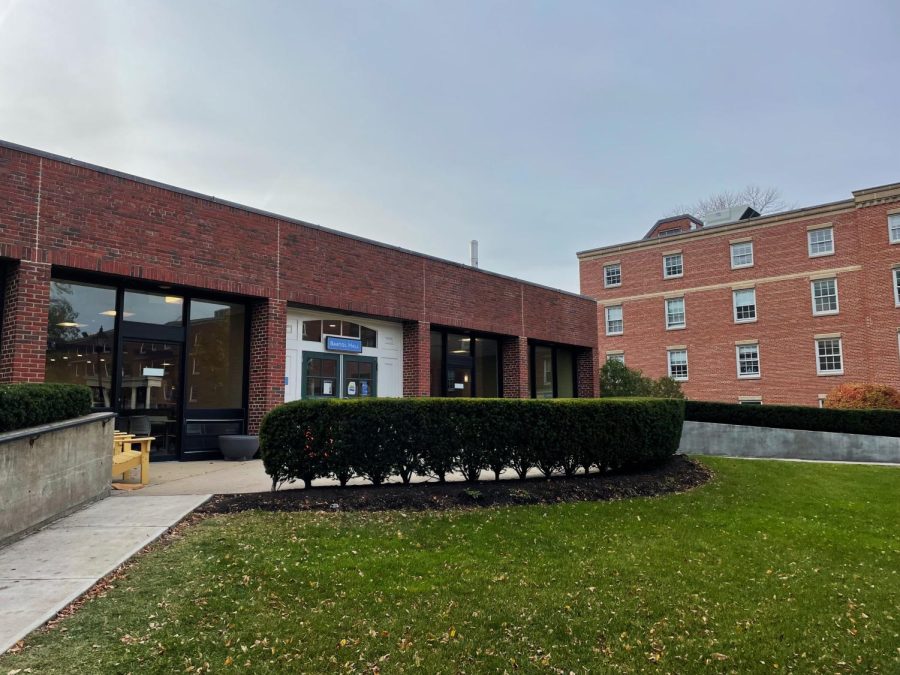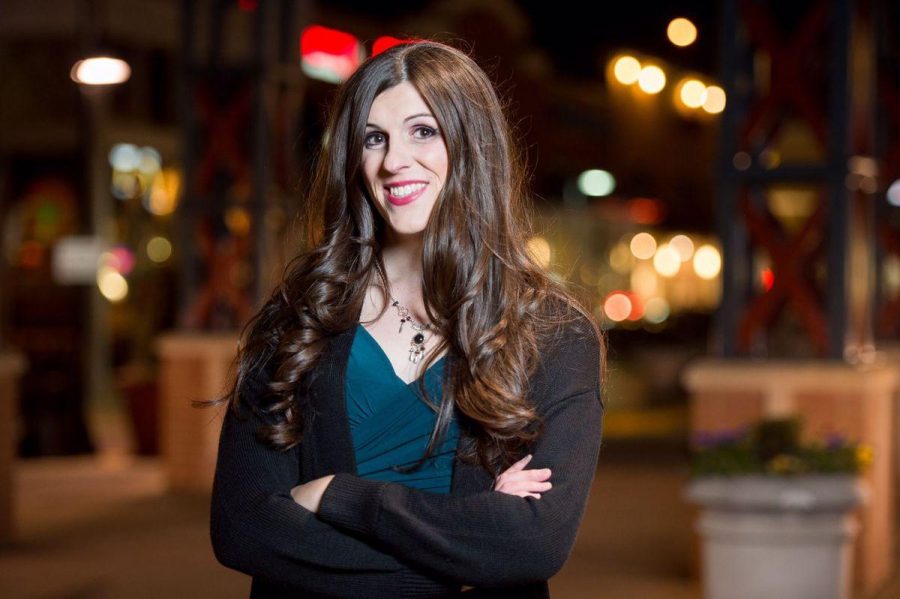After the wrath of Hurricane Sandy, there is still a month left of hurricane season. Ranging from June 1 to Nov. 30, hurricane season threatens to damage coastal areas as well as inland areas with intense rain and swirling winds sometimes exceeding 155 mph. With the peak of the season ending with a bang, we have already survived the worst.
Hurricane Sandy developed from a tropical wave in the western Caribbean Sea. On Oct. 24, Sandy became a hurricane and made landfall near Kingston, Jamaica. It reached its peak in the Caribbean where it was recorded as a Category 2 hurricane. Early on Oct. 29, Sandy curved north-northwest and then moved ashore near Atlantic City, NJ.
The 2012 Atlantic hurricane season has so far caused 19 tropical storms, 10 hurricanes, and one major hurricane. While the predicted maximum number of tropical storms and hurricanes was exceeded, the prediction for major hurricanes has not been reached yet.
On Oct. 22, Hurricane Sandy began its turmoil. It was the largest Atlantic hurricane on record, as well as the second costliest Atlantic hurricane, only surpassed by Hurricane Katrina in 2005.
A hurricane is a type of cyclone or severe tropical storm. The storms usually generate from the southern Atlantic Ocean, Caribbean Sea, and the Gulf of Mexico. Because we are located in the northern hemisphere, the winds circulate in a counterclockwise direction near the earth’s surface.
In addition to the raging winds, tornadoes and microbursts might also result. The floods from the rain and the flying debris are sometimes deadly and are inevitable effects.
Although all storms are tropical in their origin, the terms “tropical storm” and “hurricane” are differentiated based on their wind speeds. If a storm’s winds reach 39 mph it becomes known as a tropical storm; if the winds peak at 74 mph then it becomes a hurricane.
The naming of a storm goes in alphabetical order, starting at “A,” at the beginning of the season. One might question why we assign human names to violent storms but it is really just a matter of identifying them and allowing meteorologists to keep track of them.
Hurricanes have the propensity to cause damage in property and decimate anything that comes in its path. Floods, fallen trees, damaged property are things you can not do anything about, but if you are prepared then you are less likely to experience the worst hurricanes have to offer.
VPEO hosts benefit concert for local rape crisis center
April 22, 2024
Opinion: Netflix’s household rules are unreasonable
April 16, 2024
SGA creates time capsule to be opened in 50 years
April 15, 2024
SGA Hosts Murder Mystery Dinner for Women’s Centered College Week
April 15, 2024
Your Guide to Trader Joe’s Picnic Finds
April 13, 2024
Hurricane season coming to a close
November 13, 2012
Leave a Comment
More to Discover



